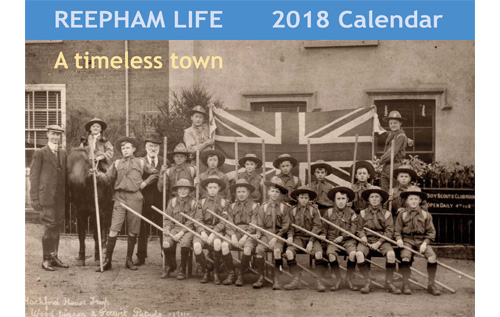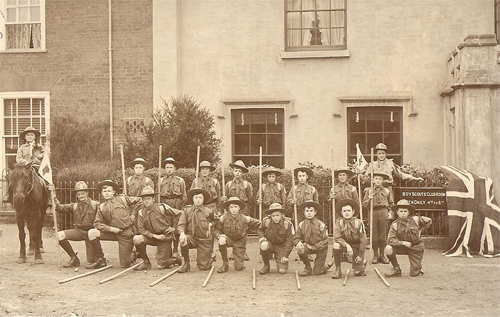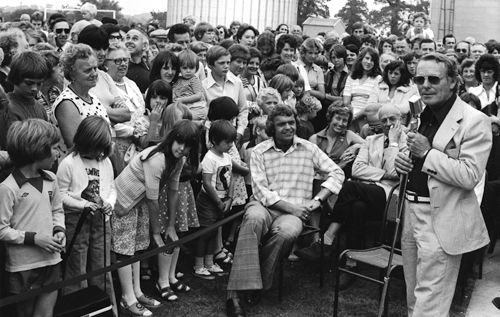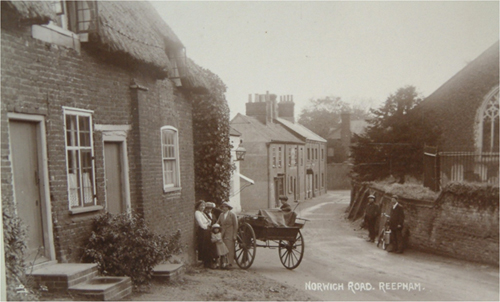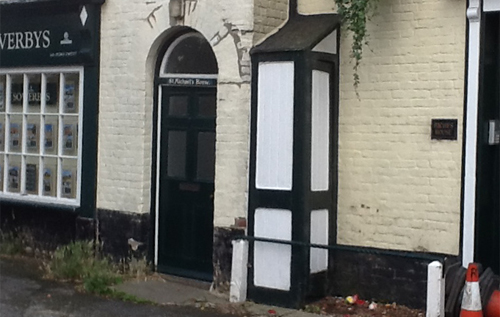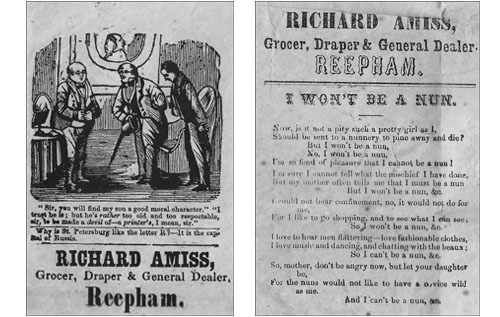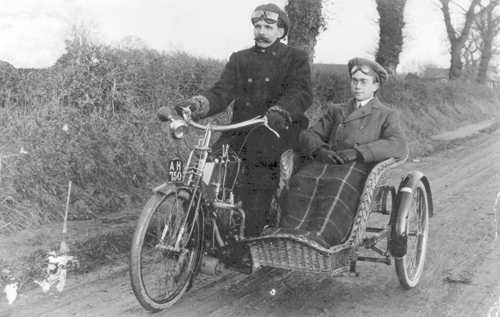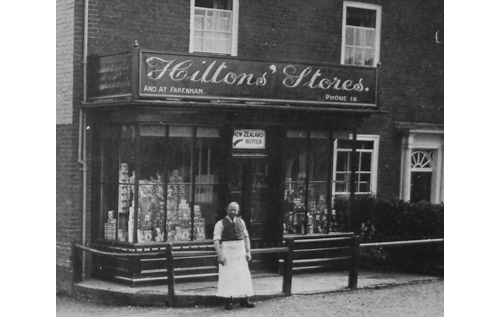In the Reepham Life 2018 Calendar, the January picture of Riches grocery store shows the interior of the shop in the early 1960s.
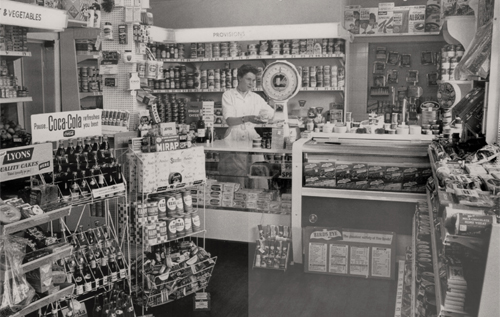
By that time small, self-service, supermarket-type stores were becoming a feature of high street shopping.
Although there was counter service for goods such as cheese and bacon, the interior shows a variety of goods on display, available for customers to pick up themselves: the beginnings of self-service.
Some once-familiar brands can be spotted: Izal and Harpic shiny toilet paper, jars of Brylcreem, Eno Liver Salts and oval tins of Fynnon Salt.
In the 1970s, Riches shop, under new owners, became the first self-service grocer in Reepham.
Before Leonard Riches took over the shop in 1906 it was run by Mary Woods. Born and baptised in Hackford in the 1830s, Mary had married a farrier and had several children, but by 1871 she was a widow and living in Staples Yard (now Birchams Yard) with her mother Charlotte Loads and three children.
Later she had a grocery shop in Back Street, near or next to The Greyhound; by 1891 she was running the store that became Riches.
In 1911 she was described as a retired grocer living at Church Gate, the house next to Riches store.
This misty photograph (taken around 1906 when Riches took over the store) shows Mary’s name above the main door and it is likely that the woman in the doorway is Mary Woods herself.
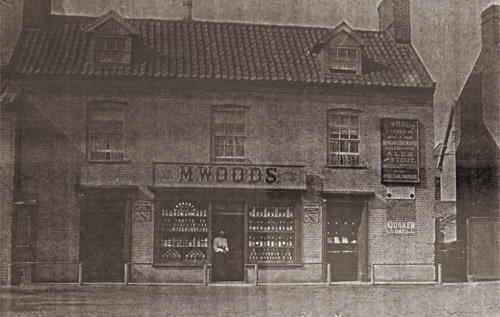
Just discernible on the left side of the picture is the “blanket box”. It becomes easier to believe that this was a shutter box considering the amount of glass bottles on display in the shop window.
Janet Archer, Reepham Archive Volunteer
The Reepham Archive is open to the public on the first Wednesday and Saturday of the month from 10 am – 12 noon (or by appointment), upstairs in the Bircham Centre, Market Place, Reepham. Send an EMAIL
The Reepham Life 2018 Calendar is now on sale. Further details HERE


